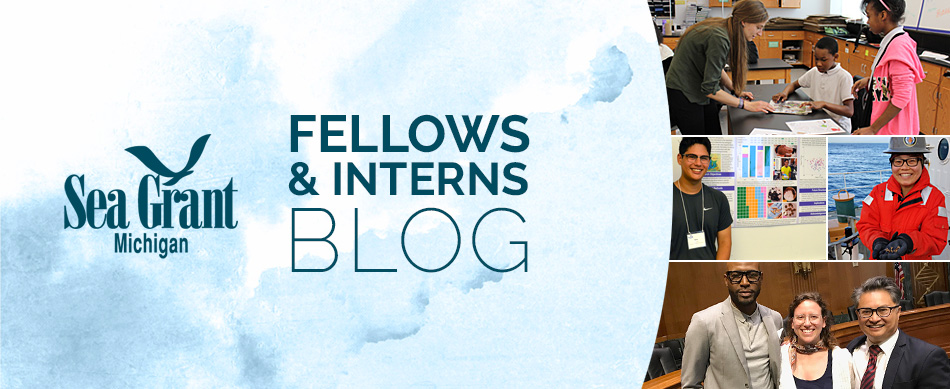Well, our internet access filter has a thing against blogs and is only giving me a few minutes to post this, so I'd better make it snappy!
I've definitely been getting my feet wet over here at the New York State Coastal Management Program. We're trying to come up with an offshore spatial plan for state and, to some extent, federal waters from Long Island out to the continental shelf. The idea is to plan for and anticipate competing uses, such as the siting of renewable energy and habitat protection. Part of the puzzle is figuring out where important biological, commercial, and recreational resources are located, so that development can proceed in a way that minimizes impact to them.
To that end, I've been doing some ecological modeling. The idea is to use
information about the relationship between a species and certain environmental factors (like
temperature and food) at locations where that species has been observed or sampled to predict where that species might be in areas we haven't surveyed. An important part of this work is quantifying and communicating the error associated with these predictions, so that managers can use the results in an informed way. It's like "filling in the gaps" in the data. It's also possible to interpolate between sampled locations without the information provided by environmental factors, but these predictions may have higher error. It's been tricky wrapping my head around the statistics involved but a great learning opportunity, and my former colleagues at the NOAA Biogeography Branch have been very helpful in this regard.
I've also been drafting descriptions of certain offshore habitats. These help to highlight the importance and uniqueness of many of New York's coastal resources. For example, I had no idea there were submarine canyons who size rivals those on land! They're home to all sorts of interesting creatures. It's been a good experience learning how to write in a way that honors the science but uses clear, everyday language. My supervisors Jeff and Greg have given me lots of helpful feedback.
More later,
Zach

